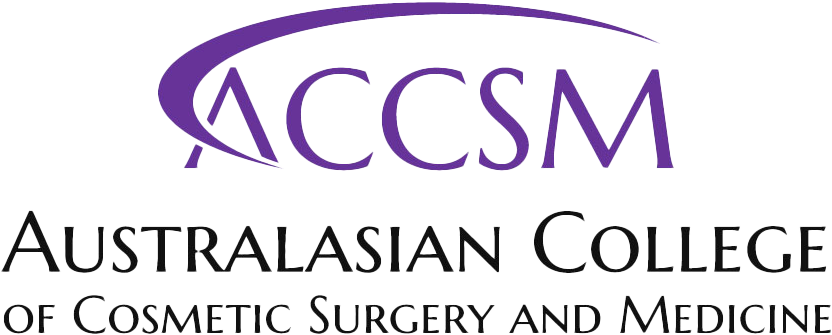Breast Implant Removal: Procedure, Considerations, and Recovery
Breast implants have been a popular option for women seeking enhanced breast size and shape. However, for various reasons, some individuals may decide to have their breast implants removed. In this article, we will explore the procedure, important considerations, and recovery process involved in the removal of breast implants, empowering you to make informed decisions about this surgical procedure.
Procedure for Breast Implant Removal:
Breast implant removal surgery, also known as explantation, involves the removal of the breast implants and, in some cases, the surrounding scar tissue. The procedure is typically performed under general anesthesia and can be approached in different ways, depending on the individual’s goals and specific circumstances.
- En bloc Capsulectomy: In cases where the scar tissue around the implant is a concern, an en bloc capsulectomy may be performed. This involves removing both the implant and the surrounding capsule as one unit to ensure complete removal.
- Implant Removal Only: If the capsule is not causing any issues or concerns, the surgeon may choose to remove the breast implant without removing the surrounding scar tissue.
- Breast Lift: In situations where the breast tissue has stretched or sagged due to the presence of implants, a breast lift procedure (mastopexy) may be performed in conjunction with implant removal to restore a more youthful and natural breast appearance.
Important Considerations for Breast Implant Removal:
- Reasons for Removal: Breast implant removal may be desired due to personal reasons, such as changes in lifestyle, personal preferences, or concerns about implant-related complications. It is crucial to have open and honest discussions with a qualified plastic surgeon to determine the best course of action.
- Potential Complications: While breast implant removal is generally safe, it is essential to understand that complications can arise, just like with any surgical procedure. These may include infection, bleeding, changes in breast appearance, or the need for additional procedures. A thorough consultation with a skilled surgeon will help address any concerns and manage expectations.
Recovery Process after Breast Implant Removal:
The recovery period after breast implant removal varies from person to person. Following the surgeon’s post-operative instructions is crucial for optimal healing and results. Here are some general guidelines:
- Rest and Healing: Allow yourself ample time to rest and recover. Follow the surgeon’s advice on physical activity restrictions, avoiding heavy lifting, and engaging in light exercises as recommended.
- Supportive Garments: Your surgeon may advise wearing a supportive bra or compression garment to minimise swelling, promote healing, and provide support during the recovery phase.
- Monitoring Healing Progress: Attend follow-up appointments with your surgeon to ensure that the incisions are healing properly and to address any concerns or questions.
- Emotional Well-being: Understand that emotions surrounding breast implant removal can vary. Seek support from loved ones, support groups, or professional counselling, if needed, to navigate any emotional changes.
It’s important to remember that every individual’s experience with breast implant removal is unique. Consulting with an experienced surgeon is crucial to discuss specific goals, concerns, and expectations to create a personalised treatment plan.
In conclusion, breast implant removal is a surgical procedure that requires careful consideration and understanding. By familiarising yourself with the procedure, important considerations, and recovery process, you can make informed decisions regarding breast implant removal. Consult with a qualified surgeon to explore your options and achieve your desired outcomes.

PLEASE NOTE
Any surgical or invasive procedure carries risks. Before proceeding, you should seek a second opinion from an appropriately qualified health practitioner.



